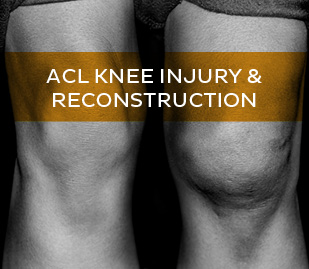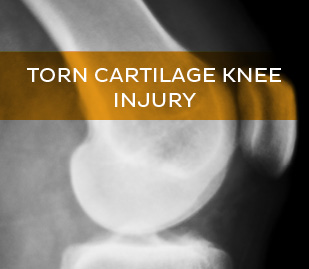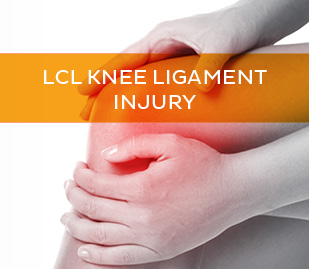
The knee is a strong and stable joint that is surrounded by powerful muscles. Occasionally the knee can become injured due to repeatedly overloading the joint, or by experiencing a sudden impact or fall. Often these injuries are minor and follow the natural healing process. These injuries can be managed using the principles of POLICE, under the guidance of a Physiotherapist. Occasionally injuries can be more severe and need medical management (see the red flags section). As with all weight-baring joints, injuries can happen slowly over time, due to excessive weight gain and a lack of muscle strength. The best available evidence shows that for non-traumatic knee injuries, the best injury prevention and recovery strategies are weight management and graded leg strengthening exercises
Knee Injury Products
We have all the professional products recommended by the World’s best Physios
Knee Injuries Table
This table shows some the key symptoms of the most common knee injuries. We strongly advise that you see healthcare professional rather than attempt to self-diagnose.
If your injury was traumatic and you are unable to weight bare you must seek medical advice immediately. The information pages about each condition, should help to explain the injury that you have and signpost you to how it can be appropriately managed. Remember that wear and tear (degeneration) in your knees is a normal part of ageing. Often people with large amounts of wear and tear on scans have no symptoms and are fully functioning.
| Condition | Common Signs & Symptoms | |||||
| Pain | Swelling | Stiffness | Weakness | Instability | Locking | |
| ACL Knee Injury & Reconstruction | ||||||
| Torn Cartilage Knee Injury | ||||||
| Runner’s Knee | ||||||
| LCL Knee Ligament Injury | ||||||
| MCL Knee Ligament Injury | ||||||
| Osgood Schlatters | ||||||
| Knee Arthritis | ||||||
| Osteochondritis Dissecans | ||||||
| Patella Fracture | ||||||
| Jumpers Knee | ||||||
| Patellofemoral Pain Syndrome | ||||||
| PCL Tear | ||||||






